
Developer: Daedalic Entertainment
Publisher: Deep Silver / Daedalic Entertainment
Platform: PC, Mac
Memoria – Review
Having played the early build of the newest creation of Daedalic Entertainment, Memoria, I can honestly say that I was excited to see how this game had turned out. Memoria is the direct sequel to “Dark Eye: Chains of Satinav” and continues the tale of the young bird catcher Geron.
Story
It’s highly advisable that you play through “Chains of Satinav” first as the story in Memoria picks up where it left of in the prequel. However, if you play the game without any pre-knowledge, it’s certainly just as enjoyable. Memoria lets you play with 2 very different protagonists. The first is Geron, a bird catcher whose main quest consists of transforming his girlfriend back to human (as she is currently trapped in the body of a raven). The other main character is called Sadja, a princess of Fasar who lived 450 years before Geron’s time. She is in search of a certain powerful artifact that would help her defeat a vicious demon lord called Borbarad. The game frequently switches between the two stories so the player discovers the connection between the two timelines. The actions of Sadja are closely connected with the path Geron follows.
To get his girlfriend Nuri back to her original shape, Geron has to solve a riddle, given by a rather mysterious merchant. If he succeeds, the merchant shall provide him with a spell that should solve the issue. Here’s where the story of Sadja comes in, as it’s the key to solving the puzzle.
It’s great to experience Sadja’s story in the timeline of Geron through visions and dreams and going through it yourself as Sadja. This jumping back and forth in time is a facet I really loved while playing.
Graphics
The game looks simply stunning. Every single environment brings a completely different atmosphere and it’s really a joy to proceed to the next screen as you press the navigation arrows. Daedalic Entertainment used a wide color-palette which brings a very vivid image to your screen.
I’m also a huge fan of the intro clip. It’s something I’d like to watch another time as it brings me immediately in the right mood for this genre of games.
The only problem I noticed is that the screen happened to stutter occasionally when entering a new area. My computer meets all the system requirements, so that should not happen. I hope they come up with a patch to fix this minor issue.
Overall, graphic wise the game will certainly not disappoint. It truly is amazing how much detail is provided in everything you see. Besides the story, the graphics are the aspect where Memoria really shines.
Sound
The game is now fully playable in English voices, which is a very welcome alternative to the obligatory German I experienced in the early build of Memoria. Unfortunately, the lip sync is not always correctly executed, which is a shame. Overall, the voice acting is rather average but it does the job well enough.
The music is simply spot on. It’s never dominating or annoying and brings the right atmosphere in the cut scenes. Very occasionally, it might become a little dull when exploring the map, as there’s a certain tune that tends to repeat itself. This happens however almost unnoticeable so I don’t think anyone would be bothered by it.
Gameplay
Some words about the puzzles in the game as Memoria is still a point and click puzzler. They start of very easy and straightforward but get harder and harder as you progress. You’ll have to be very creative to solve every single puzzle at your own because it happens quite often that a puzzle seems to have no fitting solution. I had to consult a guide a couple of times as I kept struggling with certain riddles. Most of the time, the game demands you to think out of the box and that’s not always as easy as it might sound.
Geron and Sadja also happen to possess some magic abilities, which bring a nice variation to the games mechanics. It’s enjoyable to watch how your spells interact with the environment, for example: you can destruct and repair certain items or you can cast light in total darkness. Combining items in your inventory with your magic tricks brings an extra dimension to the puzzles throughout the game.
The one thing I found nearly indispensable, is the ability to see every clicking and moving option on the screen by pressing the spacebar or clicking the “view hotspots” button. Believe me if I say that this option is much needed throughout the game as it’ll save you a lot of time when you’re busy solving the puzzles. Another facet that can come in handy is the Questlog, where you can read information about the most important characters and see your current objective.
Conclusion
Daedalic Entertainment succeeded in bringing a worthy successor to Dark Eye: Chains of Satinav. The game will keep you busy for quite some time and the satisfaction you get from solving that one riddle that kept you puzzling your head off is very pleasant. Although the steep learning curve of the puzzles will turn some players off, it’s rather refreshing to play a game with this level of difficulty.
Fans of the point and click adventure games may rest assured that Memoria will bring an interesting experience. If you’re eager to know everything the story has to offer, I can only advise to play the prequel “Chains of Satinav” but don’t feel obligated to do so, as Memoria recaps the most important events throughout the game.
Memoria has turned out to be a worthy addition to the point and click genre and I’m nearly sure the greater part of the gaming community will be astonished by the artistic graphics and engaging story.

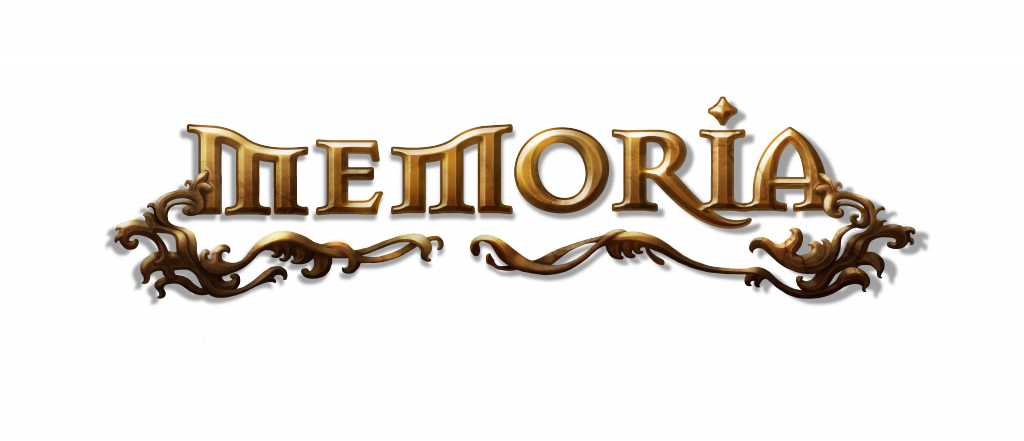
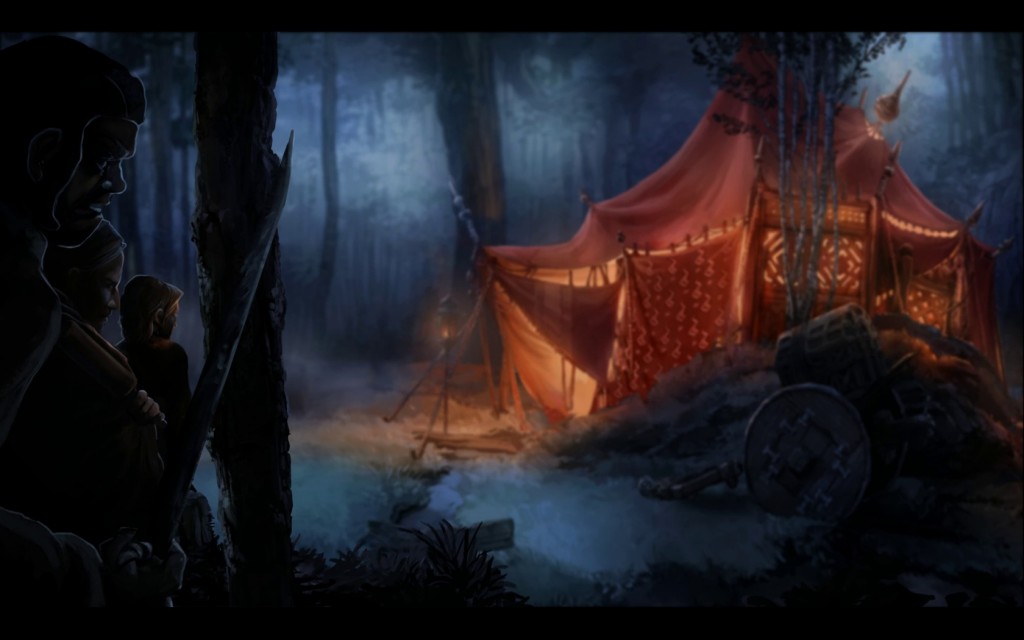
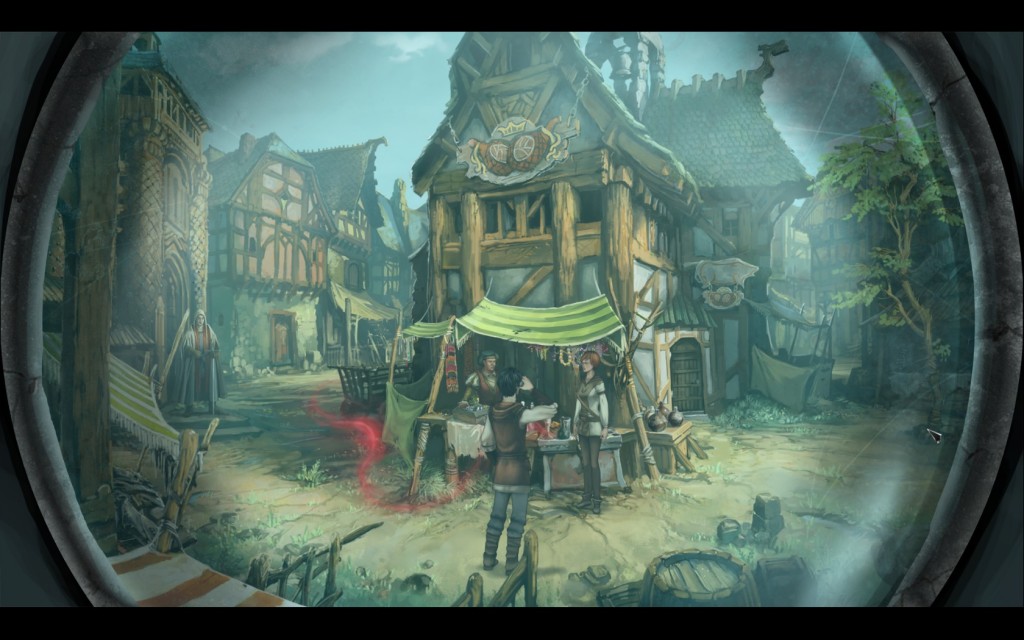
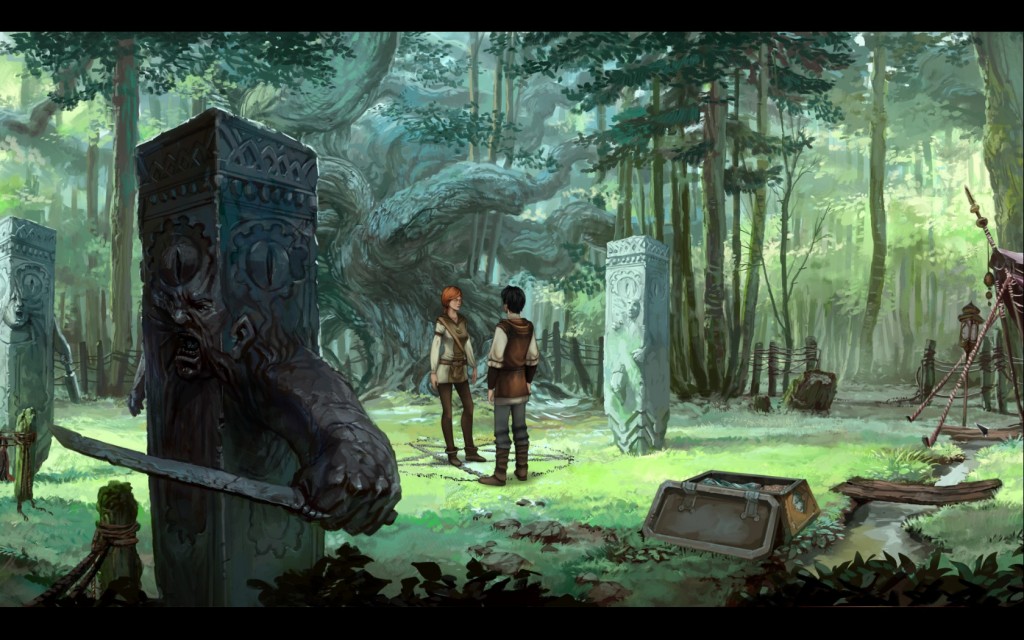
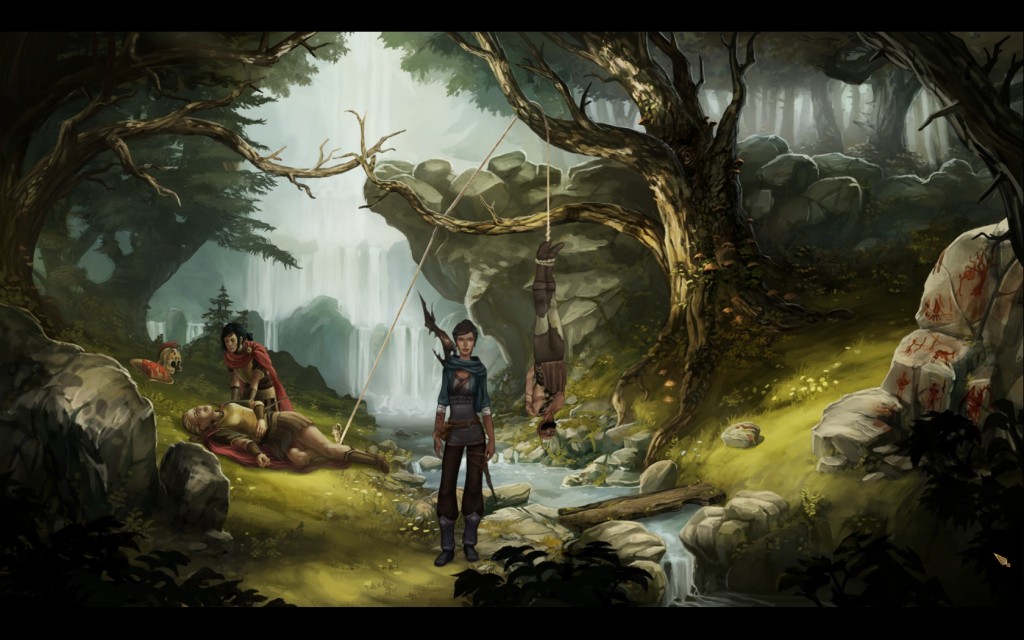

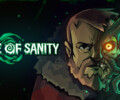

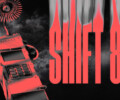
No Comments